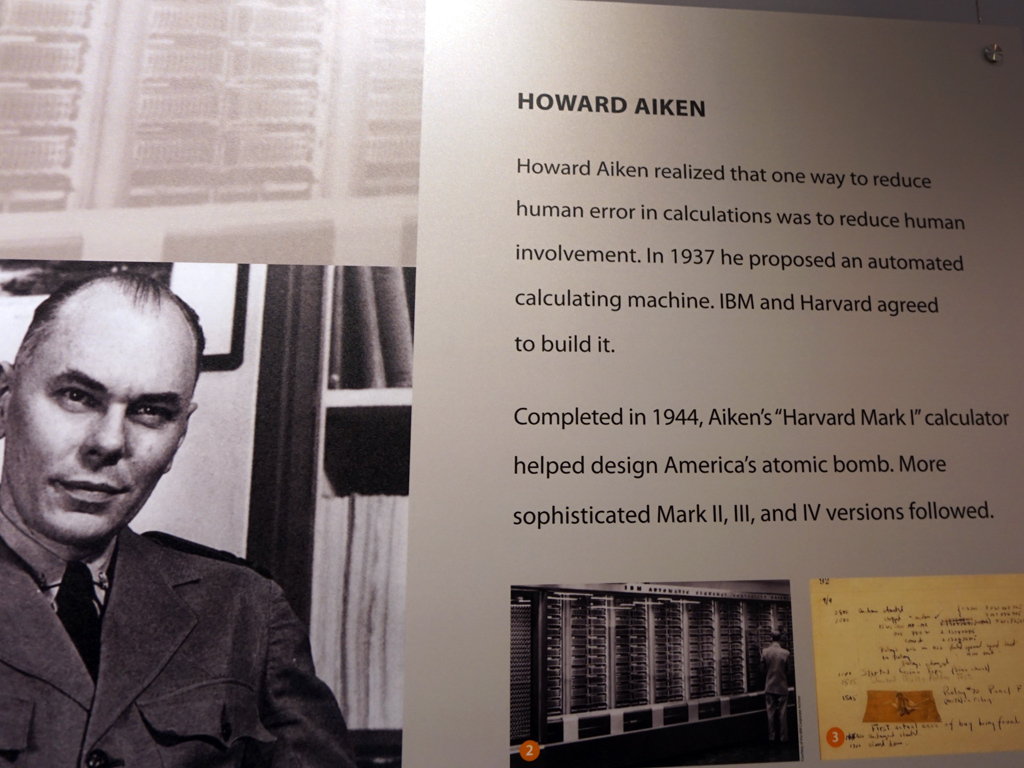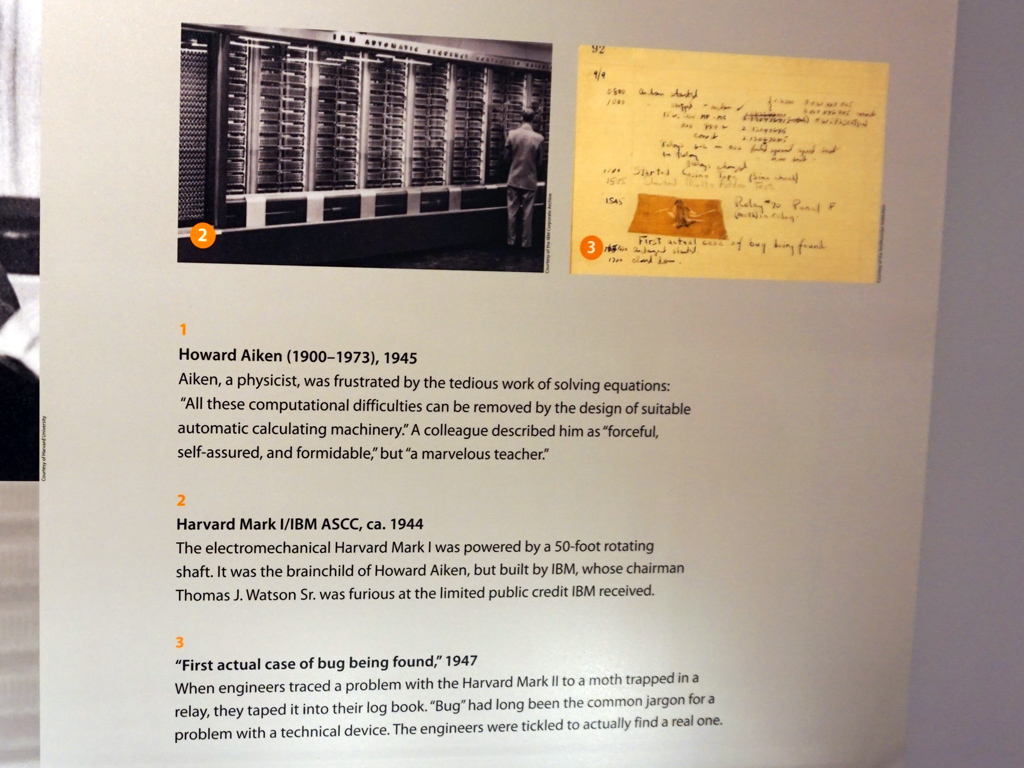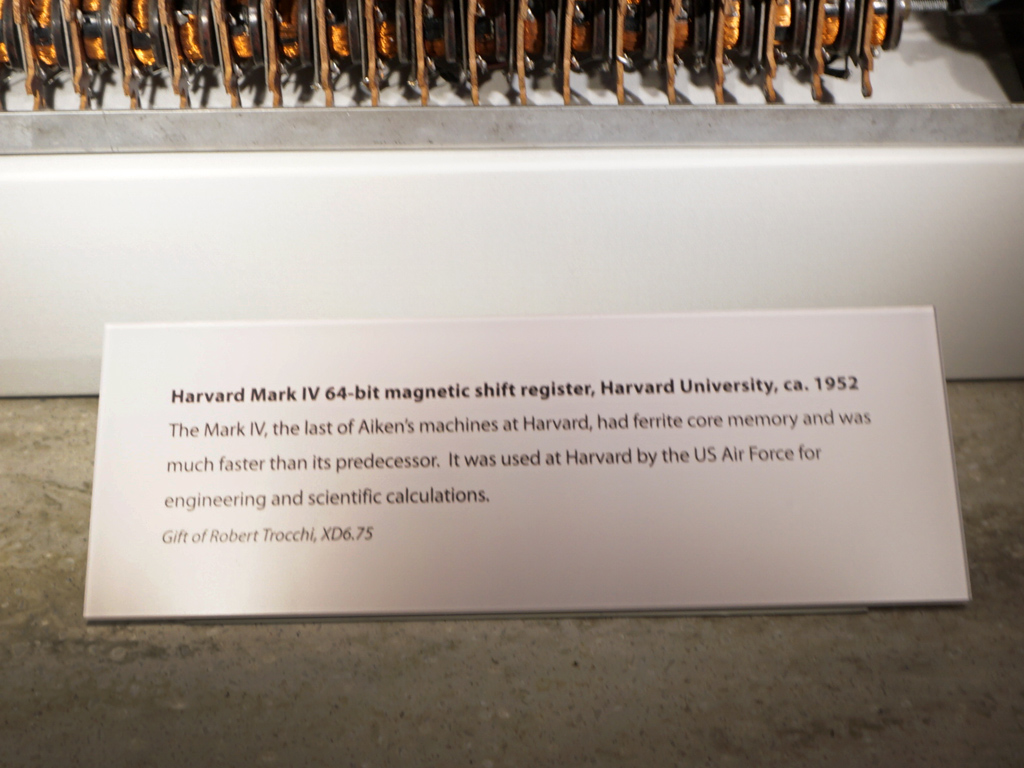Computer History: From The Antikythera Mechanism To The Modern Era
In this article, we shed light on the most important moments in computer history, acknowledging the people that have contributed to this evolution.
Harvard Mark Ι
In 1937, a Harvard graduate and physicist Howard Aiken, in cooperation with several IBM engineers, undertook the construction of an automatic digital computer of huge dimensions using parts of other IBM machines (obviously in an effort to lower the production cost). The official name of this five-ton machine was Automatic Sequence Controlled Calculator (ASCC), but it became widely known under the name Harvard Mark I. This computer could handle up to 23-digit numbers and was able to perform four arithmetic operations. It also incorporated programs that allowed the process of algorithms and trigonometric functions.


The programming of Mark I was done through paper tapes and the processing data was imported through punched cards, which was typical back in these days. The resulting output was done with the help of electric typewriters. The Mark I needed three to five seconds to perform a multiplication of two 23-digit numbers and ten seconds for their division. The whole process was completely automatic without any need for human intervention and this led to the idea of the "automatic computer."
In 1947 Aiken built the Mark II and two more models followed: the Mark III and Mark IV. While the Mark II and Mark III were electromechanical computers, the last model used only electronic components and its build was finished in 1952. The Mark IV remained in Harvard and was fully utilized by the United States Air Force.


It is worth noting that one of the first programs that the Mark I executed had to do with the Manhattan project, and its results were used to determine whether implosion was a viable choice to detonate the atomic bomb, which would be used a year later. Nonetheless, the Mark I was also used to compute and print mathematical tables, which was the initial purpose of Babbage's analytical engine.
MORE: All Laptops Content
MORE: Visit Our Sister Site LAPTOP
Get Tom's Hardware's best news and in-depth reviews, straight to your inbox.
Current page: Harvard Mark Ι
Prev Page The First Electronic Digital Special-Purpose Computer Next Page Stibitz's Complex Number Calculator And Nordsieck's Differential Analyzer
Aris Mpitziopoulos is a contributing editor at Tom's Hardware, covering PSUs.